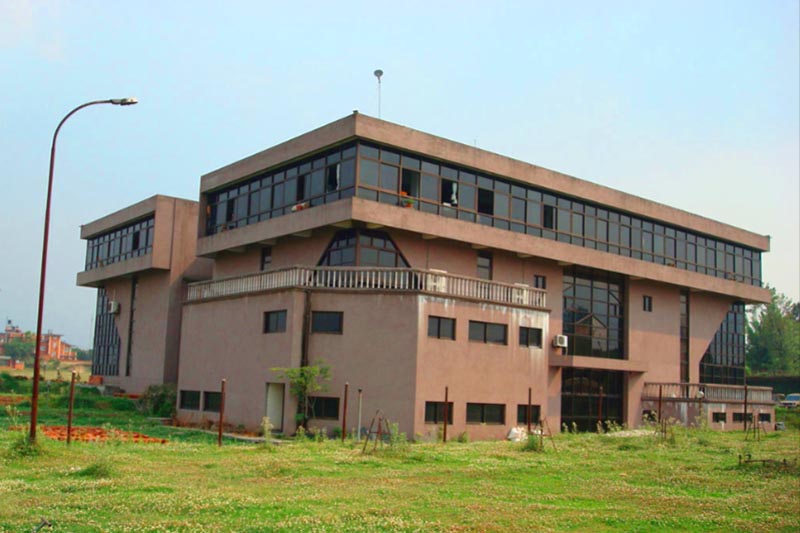Stakeholders stress need for space law
Kathmandu, August 31
Lack of space policy has forced the ground station of the country’s first satellite, NepaliSat-1, to be registered and licensed under The Radio Communication (License) Regulation, 1992, which provides licences to radio services such as, FM, cordless phones and radio equipment.
After launching the country’s first satellite, NepaliSat-1, into space on April 18, Prime Minister KP Sharma Oli had said the country had entered the space era. Contrary to the PM’s claim, the country still does not have clear rules and regulations on satellite or space.
The Department of Information and Broadcasting has provided NepaliSat-1 ground station with licence number: ‘Satellite Earthstation 220-2075-76’. The ground station, which will receive information and is required to send commands to the satellite, is yet to come into operation.
Officials of Nepal Academy of Science and Technology said they faced difficulties acquiring licence as there were no clear law regarding space in the country. The licence was provided under schedule 4(d), which grants licence for ‘manufacturing radio machine.’
Following pressure from space scientists, physicists, and stakeholders, the Ministry of Communications and Information Technology recently drafted a Nepal Satellite policy-2019. The policy, however, received criticisms from the science fraternity saying the government should have developed a broader scope of National Space Policy.
NepaliSat-1 ground station programme head at NAST Roshan Pandey said, “We have suggested that the ministry change the policy into National Space Policy so that it could incorporate a wider scope.” He added the ministry was positive about the proposal.
Suresh Bhattarai, executive chairman of Nepal Astronomical Society, said it was necessary to establish a separate space agency in the country. He said the government now needs to draft separate regulations, policies or acts for setting up a space agency.
“For now, scientists and stakeholders are not clear who will work on space related issues. There should be a separate space agency or space department to deal with this issue.”
Bhattarai said there was confusion as to which ministry would assume authority of NepaliSat-1, either Ministry of Education, Science and Technology or MoCIT. “Had there been a separate body to deal with space related issues, it would have been much easier and we would have progressed a lot in the field,” Bhattarai added.
Officials of NAST have once again claimed that the ground station could come into operation within a few days. NepaliSat-1 ground station programme head Roshan Pandey said, “We have completed construction and assembly of high tech devices and are calibrating various devices. If everything goes well, we will be able to bring the ground station into operation within a few days.”
NAST had claimed it would operate the ground station months before launching the country’s first satellite, but the station is yet to come into operation. After the satellite was launched on April 18, NAST had again claimed the ground station would be set up within a couple of weeks.
However, more than four months have passed since NepaliSat-1 was launched, and data from the satellite
is being received with the help of our neighbouring country Bhutan.






